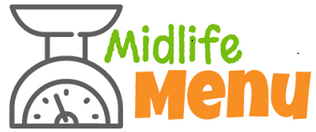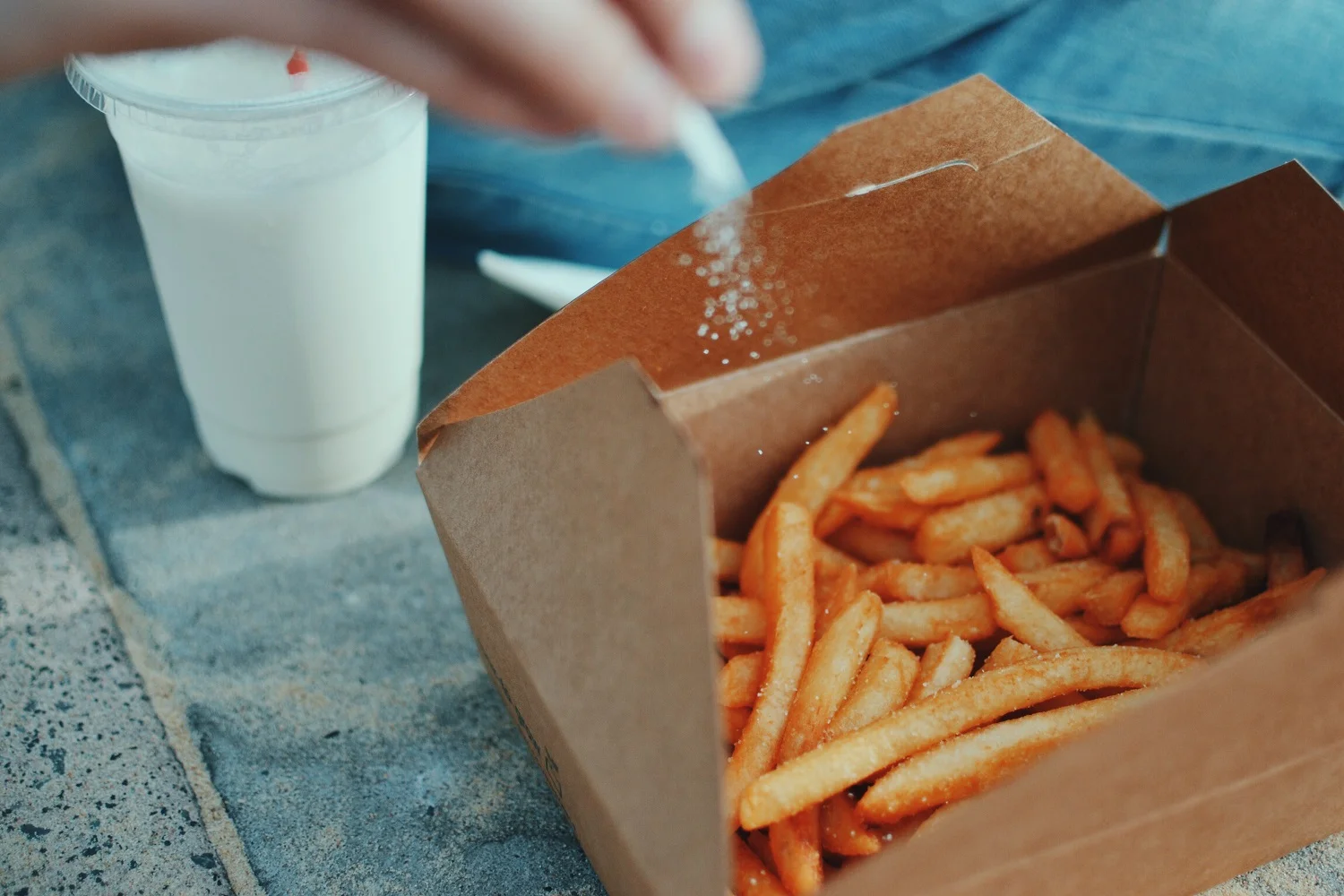The 3 Simplest Ways to Reduce Salt in Your Diet
Salt: Are You Swapping One Bad Food Habit for Another?
I’ve never thought of myself as one for crisps or savoury snacks - sugar was always my go-to treat if I wanted a taste hit after dinner. You wouldn’t find me munching my bodyweight in Pringles or salted peanuts. Chocolate was always my guilty pleasure of choice while watching a movie.
But then I decided to go sugar-free, and salt suddenly became way more attractive. While my husband was happily munching his way through chocolate in the evening, I found myself reaching for salted peanuts or plain crisps. Before I knew it, those salty snacks were becoming my secret sugar substitutes.
I know from working closely one-to-one with clients there can be a danger of simply swapping one bad food habit for another. It’s great to get grains, sugar or meat consumption under control but not if you then start relying too much on flavour substitutes like crisps and salted nuts … and that’s where I was coming unstuck.
If weight gain is a concern and this sounds like you why not sign up for my FREE webinar about weight gain and what you can do about it.
Where Salt Hides In Your Meals
In food, salt has been used for thousands of years for both flavour, and as a preservative. Salt helps to preserve food by drawing out the water that bacteria and mould need to grow. Hence, preserving the food from spoiling as quickly.
But would you be surprised to know that 75% of our salt intake comes not from the salt shaker? It comes from processed foods. I’m not just talking crisps, pretzels and salted nuts but canned foods, breakfast cereals, pickled foods, boxed foods, deli meats, restaurant food, and fast food.
Too Much Salt?
Technically salt is actually sodium chloride. It's about 40% sodium and 60% chloride; this means that one teaspoon of salt (5,000 mg) contains about 2,000 mg of sodium.
Sodium itself is not that bad! In fact, it’s an essential mineral and an important electrolyte in the body. It helps with fluid balance, and proper nerve and muscle function.
But too much increases your risk of high blood pressure, a stroke or heart attack, hence many midlifers are advised to reduce salt intake as much as possible.
One teaspoon with about 2,000 mg of sodium is pretty much your entire day’s worth of sodium. People who eat a lot of pre-made, packaged foods tend to eat way too much sodium.
If you're at high risk for conditions like high blood pressure, then you probably shouldn't have more than just 1,500 mg of sodium each day.
Why Does Salt Make Me Thirsty?
One question I’m often asked as a nutritionist is why salt makes you thirsty. Well, there’s a good reason why pubs and restaurants encourage you to eat salted nuts because the more salt you have the more your body will crave more fluid. Let me explain …
Any salt you consume gets absorbed quickly and goes into the blood.
Your body is super smart and recognises that the blood is too salty; so more water is added to the blood to dilute it (i.e. with thirst signals to make you drink more fluid). More water in the blood means more fluid your heart needs to pump and more fluid pushing against the walls of your vessels. It also sends more blood to the kidneys so the sodium can be filtered out into the urine.
This is how too much sodium increases your blood pressure. Increased blood pressure also puts a strain on your kidneys and other sensitive vessels, including critical vessels in your brain and heart.
Three Simple Ways to Cut Down Your Salt Intake
As Midlife Menu fans know, I’m all about small but effective changes and I’m not for one minute saying quit salt or buy trendy Himalayan Pink Salt (it is claimed to have health benefits, none of which have been scientifically proven). You do need a small amount of salt to survive.
But there are three really easy ways to keep your salt intake under control and reduce your risk of those particular midlife dangers - high blood pressure, strokes or heart attacks. Try them out - they’ve worked for me and I’ve had to break a lifetime of automatically adding salt without really thinking.
1) Reduce the salt during cooking and add it right at the end
Salt that’s combined within a dish is less obvious to the taste-buds than salt that’s on the outside of food and can hit the taste-buds first. So cut down on the salt you use while cooking and then put the salt grinder on the table - taste the food when it’s on your plate and add salt by hand, sprinkling it over if you feel it needs to. Limiting salt intake will help reduce blood pressure and the bonus of adding it after cooking is you will get a better hit of that salty taste too! Win-win.
Bonus tip when eating out: If you’re grabbing fish and chips at a takeaway ask them not to add salt so that when you get them home you can add just enough salt to taste.
2) Reduce the amount of processed food you buy
That hidden salt is in everything from tinned soups and breakfast cereals to ready meals is scary! Take control and try to cook fresh as much as possible. Read the food labels.
3) Think about flavouring alternatives
You might need to add something for flavouring to a meal but does it have to be salt? If I’m making a hummus, for example, I find adding more lemon can add a salty taste. Herbs, like coriander and mint are really good ways of adding interesting flavour without causing you health problems. And toasted sesame seeds sprinkled on top of dishes add a flavour punch too.
So, next time you reach for the salt to add to your cooking, stop and think for a minute how a simple change could make a small, yet significant difference to your midlife health. That’s what being a midlifer is all about for me - small but achievable goals, which together make for a healthier and happier midlife.
And if you want some more inspiration and help, then make a date in your diary to join my FREE webinar on Monday 24th June when I will explain why midlifers tend to put on weight and what you can do about it - look forward to seeing you there!
Content Disclaimer
The information contained above is provided for information purposes only. The contents of this blog are not intended to amount to advice and you should not rely on any of the contents of this blog. Professional advice should be obtained before taking or refraining from taking any action as a result of the contents of this blog. Midlife Menu Ltd disclaims all liability and responsibility arising from any reliance placed on any of the contents of this blog.





Overeating during lockdown can be triggered by a rollercoaster of emotions or stress from homeschooling, looking after oldens or just trying to cope with working from home. Cravings, snacking and home baking can make overeating during lockdown very easy. So here's what to do to tackle the lockdown overeating. www.midlifemenu.com/blog/overeating-lockdown